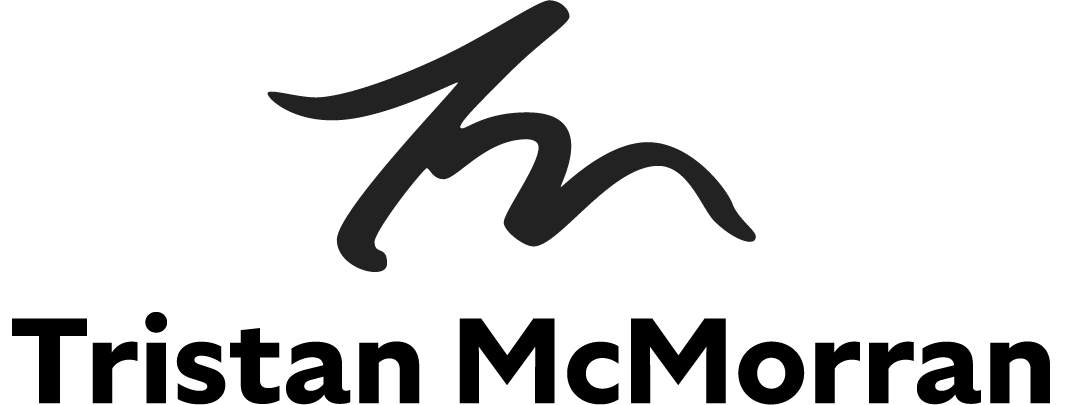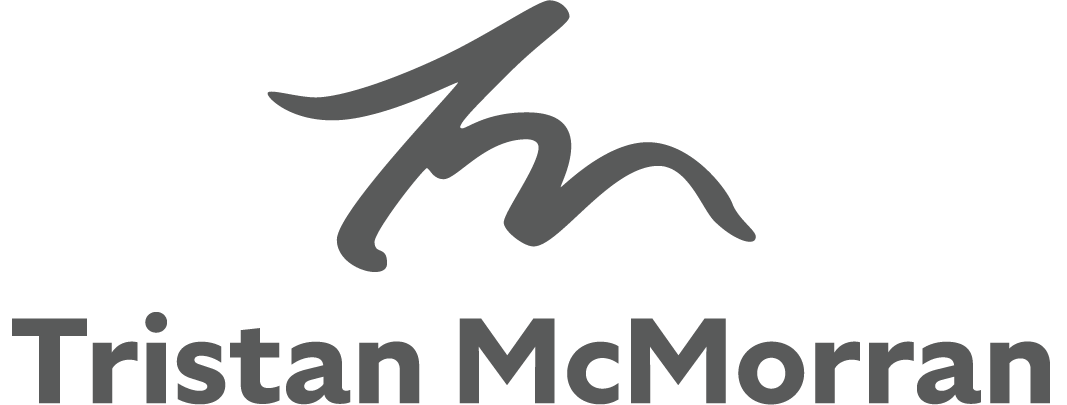One of my favorite assignments as a student was to create an instruction manual for the assembly of a complex object that focused on basic line illustrations and simple numerical instructions. Minimal words, just visual design— that way, it could be understood quickly and easily and followed, even by users who don't speak the language in which it's written.
I found a microscope at an antique shop and took it apart, while carefully recording the steps for assembly and illustrating each of its constituent parts. I had to consider the user experience; how would people read my instructions, and would they be able to follow them exactly? The result is something I'm pleased with, although if I did it again today, I would do away with the decimal notation in step 3, and just list the steps as 1 through 8. In hindsight, using 3.1, 3.2, & 3.3 is more confusing than it is helpful.
Still, I definitely want to show off the illustration and the information architecture. And yes, I can still take it apart and put it back together!
Front page (5.5" x 8.5")
Double spread; first unfold from the front page
Quad spread; fully unfolded
Back page
In hindsight, "You did it!" may be too casual of a tone. But hey, microscopes are fun! I'll stand by it.
Pieces featured in Step 5*
Sketch drawn from observation.
Cleaned up vector art
Final printed work (detail)
*Fun fact— the image distortion is a little different between the photo and the illustration, because my photography capability is currently limited to a smartphone camera with no focal length variability. I took the photo just now with a 32mm focal length, but when I did this project, I drew from observation at about 2/3 of an arm's length, so if I had my pick, I'd shoot with a 50–60mm focal length to replicate the image as closely as possible. This difference makes the natural distortion in the images appear differently between the photo and the illustration, but I got as close as I could!
The key page and front page blown up
This project was a really nice intersection between illustration and design. I love subjective and conceptual things, but I definitely enjoyed the straightforward and technical nature of this one, and I hope to do more work like it in the future.

